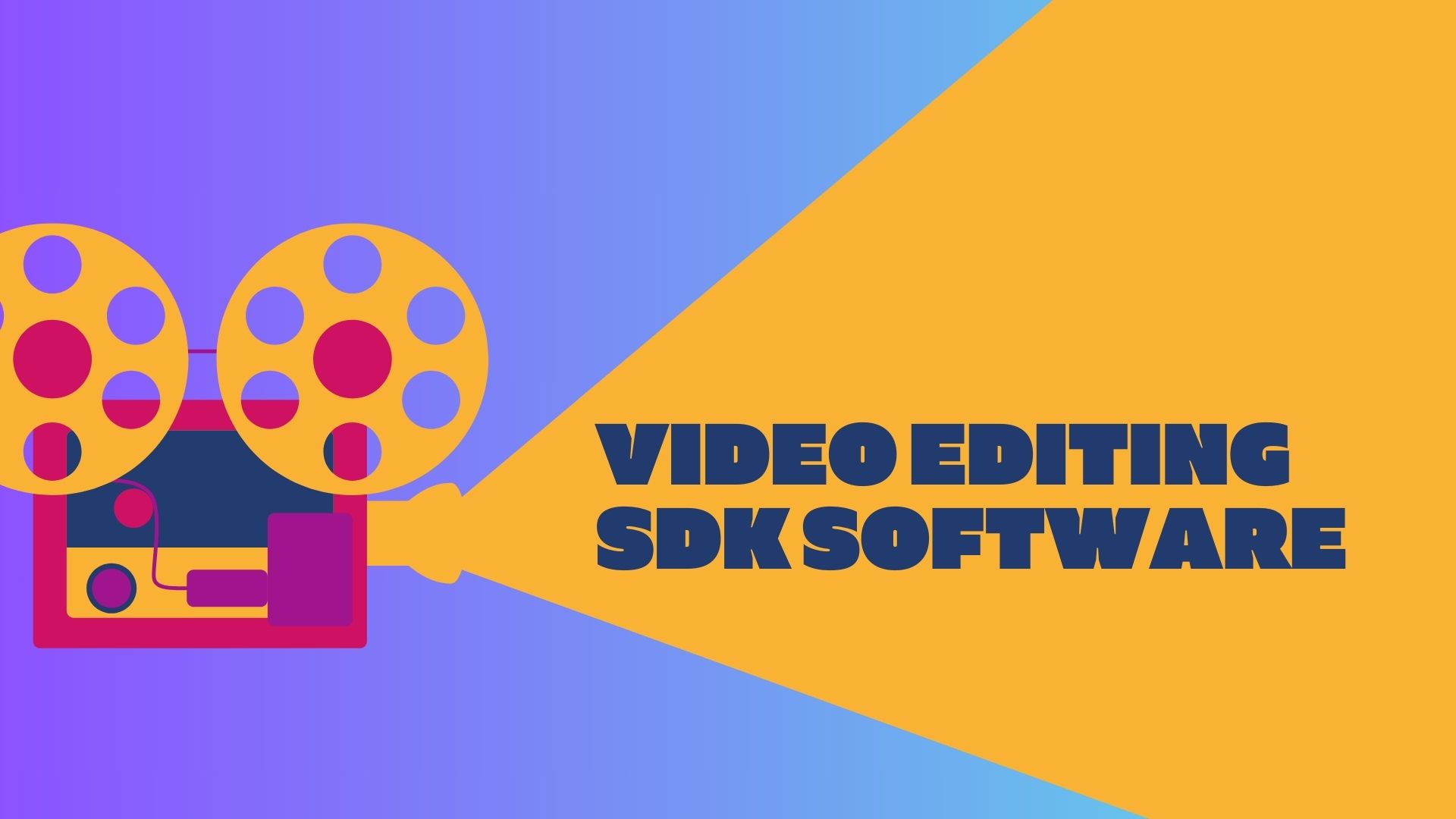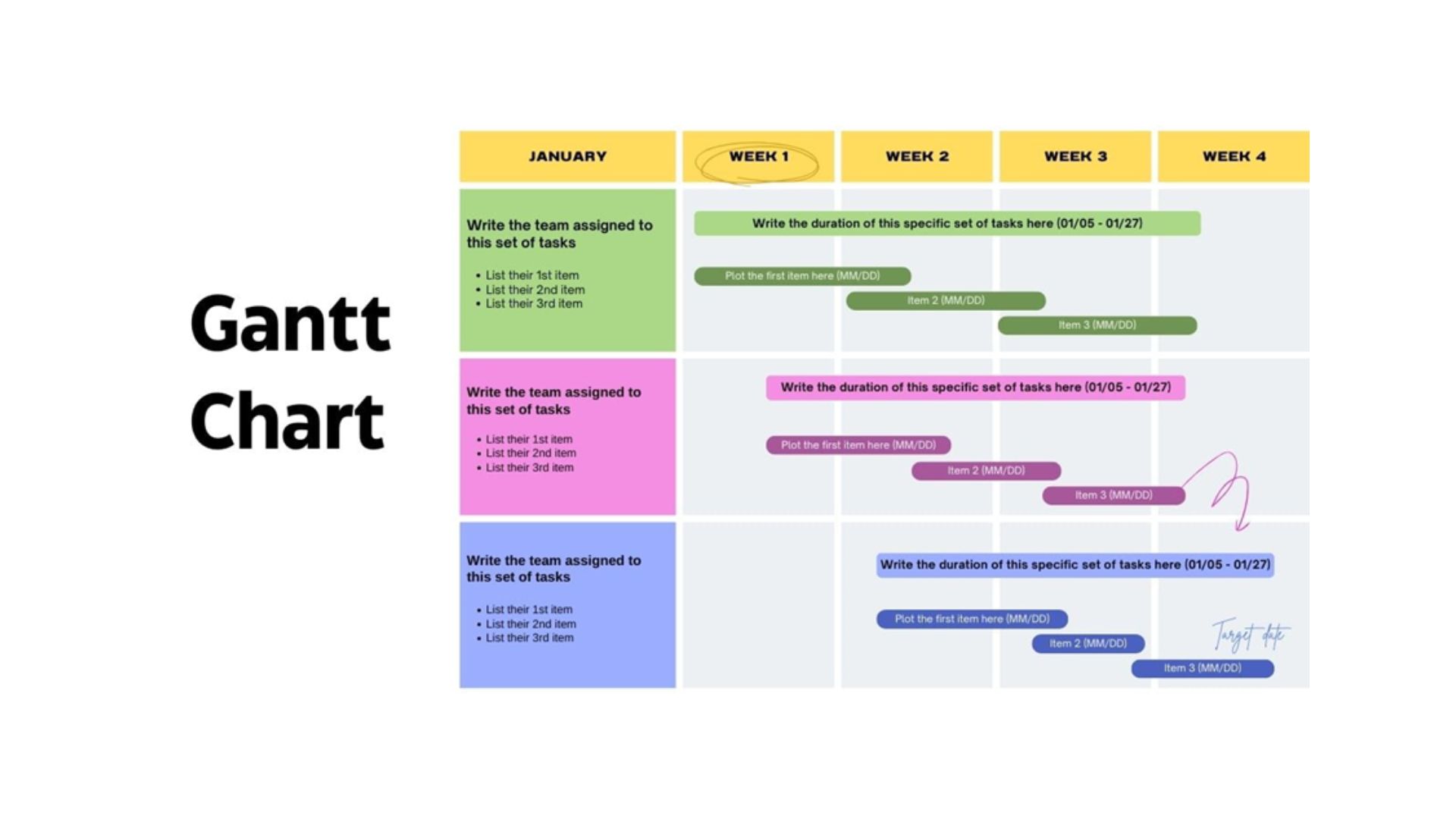CRM Going Social, Mobile
Social and mobile are two enterprise software trends that often get mentioned in the same breath – and for good reason. After all, many people interact with social applications primarily via their mobile devices.
So it’s not surprising that major CRM vendors are focusing on these two areas in the coming year.
As Peter Coffee, VP and head of Platform Research for Salesforce.com, explained, traditional influencers such as product reviewers are fading in importance as customers turn to newer channels such as customer forums or social networks to research their choices. Monitoring such channels is increasingly important for companies, both to prevent negative rumors from spreading and to ensure that brand advocates want to share positive opinions.
“When every satisfied customer is a potential advertisement, and every disappointed customer is a potential hazard to brand reputation, the boundary between marketing and CRM will fade,” Coffee said.
Underscoring this idea, earlier this year Salesforce acquired social monitoring specialist Radian6. Last week it introduced the Radian6 Social Marketing Cloud, a bundle of cloud-based social monitoring, analysis, workflow and engagement tools it gained with the acquisition.
Competitor Oracle made a social play of its own, in October announcing plans to purchase RightNow Technologies, which offers cloud-based monitoring and engagement tools. Oracle intends to make RightNow tools part of its Public Cloud offering, which will encompass CRM, human resources and the new Oracle Social Network.
Both mobile and social technologies play heavily into what industry observers call social CRM or customer experience management. In essence, the focus shifts from streamlining internal processes for operational efficiency to fostering better interactions with customers. Vinay Iyer, VP of SAP CRM Global Marketing and co-author of “The Customer Experience Edge,” said customer experience management involves delivering on four key pillars: reliability, relevance, responsiveness and convenience.
Iyer predicts mobile and social channels will become increasingly intertwined with more traditional CRM interactions. “Using mobile and social channels will evolve from a ‘nice-to-have’ to a critical component of interacting with and gaining insights about customers and prospects,” he said.
Both SAP and Salesforce are adding mobile elements to their product portfolios. SAP recently introduced a slew of CRM and business intelligence applications built on its Sybase Unwired platform. Among them: Field Service 2.0, which gives field service engineers a complete customer view to support and update customer activities in real time; Retail Execution, which allows consumer goods manufacturers to capture product and competitive information during store visits; and CRM Sales, which offers on-the-go sales professionals access to key productivity tools.
Salesforce just tweaked its AppExchange, so it now offers mobile device users an experience tailored to either the iOS or Android platforms. During last week’s Cloudforce event, Salesforce partners introduced some 40 mobile CRM apps now available on the AppExchange platform.
Increased usage of social and mobile channels results in a larger volume of more diverse customer interactions. To glean insights from all of those interactions, companies are hoping to capitalize on a third trend, Big Data technologies.
Such technologies will “turn analytics into a forward- rather than backward-looking tool,” Coffee said. “Sellers must get past the idea that IT is merely an automator of process and historian of past action; instead, they must make the CRM function a proactive strategic tool for turning customers into promoters.”
SAP is positioning its HANA in-memory computing platform, which Iyer said helps companies run complex analyses in seconds, as central to its CRM and business intelligence strategies. Last month SAP announced it had integrated HANA with its NetWeaver Business Warehouse for improved query performance and faster data loads.
It also released HANA support pack 3, which includes both business function libraries and predictive analysis libraries. Business functions such as sales forecasting can be made available directly in memory. And business users can use advanced data mining and statistical algorithms such as decision trees to analyze factors that influence customer purchase decisions without deploying additional statistical analysis packages.
SAP also rolled out Customer Segmentation Accelerator software optimized for HANA that is designed to help marketing departments quickly build specific segmentations on high volumes of customer data.

Public relations, digital marketing, journalism, copywriting. I have done it all so I am able to communicate any information in a professional manner. Recent work includes creating compelling digital content, and applying SEO strategies to increase website performance. I am a skilled copy editor who can manage budgets and people.








